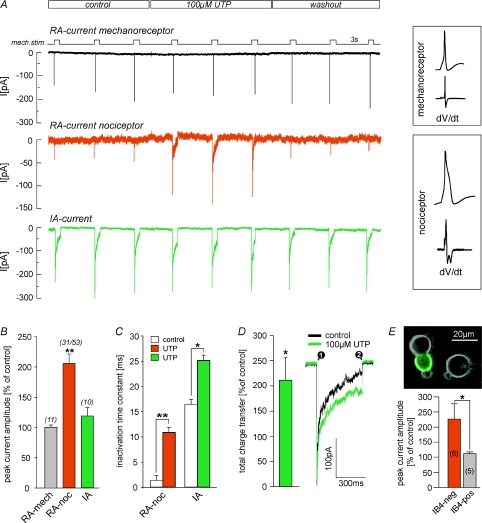Figure 1. UTP potentiates RA-type mechanically activated currents in a subpopulation of nociceptors.
A, example traces showing the effect of 100 μm UTP on RA and IA currents. Neurones were clamped to −60 mV and currents were evoked by mechanical stimuli (500 ms duration) applied at 3 s intervals (black trace; mech.stim.). UTP was present as indicated. Small neurones with wide action potentials that exhibited a hump or inflection on the falling phase (two minima in first derivative dV/dt) were classified as nociceptors and large cells with narrow uninflected APs were classified as mechanoreceptors (see inset). B, UTP induced potentiation of peak current amplitudes of different types of mechanically gated currents. Potentiation is expressed as a percentage of control, where control is the mean amplitude of currents evoked before (control) and after (washout) UTP was applied. Note, RA current amplitudes are significantly potentiated in nociceptors but not in mechanoreceptors. C, inactivation was fitted with a single exponential equation. Time constants of control currents are compared with those in the presence of UTP. Error bars represent s.e.m. (*P < 0.05; **P < 0.01, Students paired t test). D, the increase of the total charge transfer (measured between points 1 and 2, see inset) in the presence of UTP. E, cultures were labelled with IB4 to discriminate between peptidergic and non-peptidergic nociceptors. Note, only IB4-negative (trkA+/peptidergic) nociceptors are susceptible to potentiation by UTP (*P < 0.05, Mann–Whitney test).

